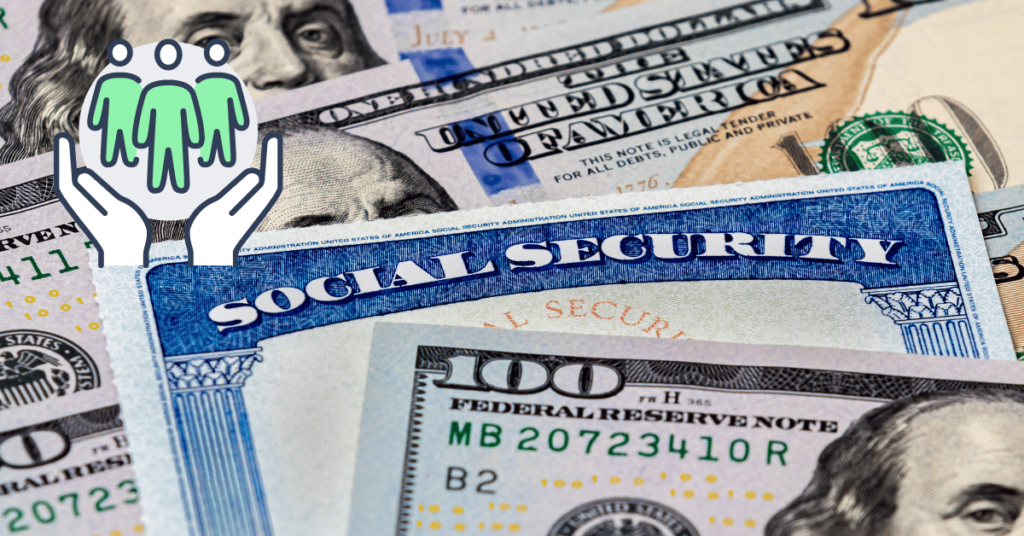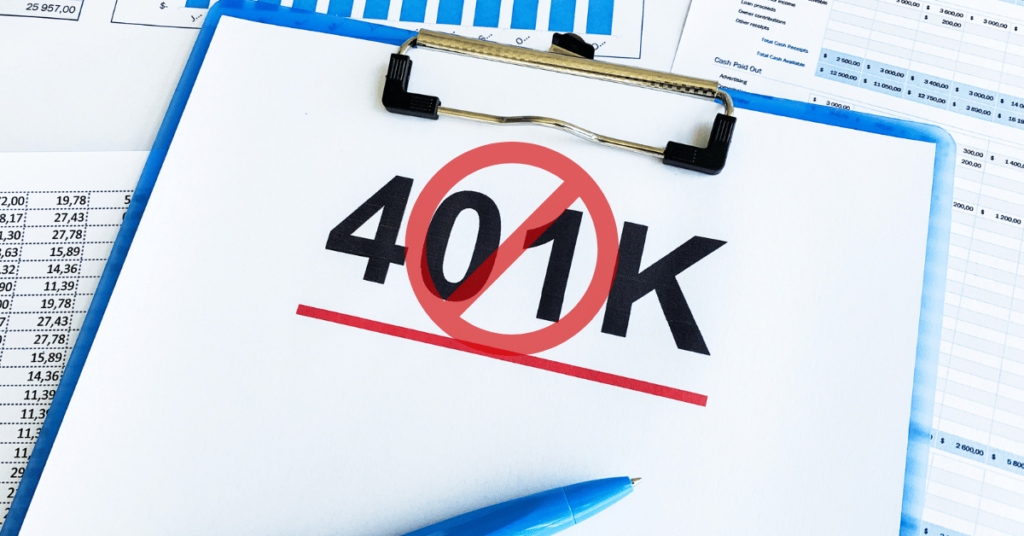Freelancers and self-employed workers face unique challenges when it comes to saving for retirement. Unlike traditional employees who may have access to employer-sponsored 401(k) plans and pensions, freelancers must take full responsibility for their retirement savings. However, several retirement savings plans are specifically designed for freelancers and self-employed individuals. This article explores the most effective options, helping you make informed decisions about securing your financial future.
1. Traditional IRA
A traditional Individual Retirement Account (IRA) is one of the most accessible and straightforward retirement savings options for freelancers.
How It Works
A traditional IRA allows you to contribute pre-tax income, meaning the contributions you make to your IRA are deducted from your taxable income. This can provide immediate tax benefits. However, you will need to pay taxes on the money when you withdraw it during retirement.
Contribution Limits
For 2024, the contribution limit for a traditional IRA is $6,500 per year, or $7,500 if you are age 50 or older. While the limit may seem modest, IRAs offer a flexible and simple way to start saving for retirement, especially for those with fluctuating income.
Tax Benefits
Contributions to a traditional IRA may be tax-deductible, depending on your income level. This makes it an appealing option for freelancers seeking to reduce their taxable income while saving for the future.
2. Roth IRA

Another popular option is the Roth IRA, which differs from a traditional IRA in terms of tax treatment.
How It Works
Unlike a traditional IRA, contributions to a Roth IRA are made with after-tax dollars, meaning you won’t get an immediate tax deduction. However, your earnings grow tax-free, and qualified withdrawals during retirement are also tax-free.
Contribution Limits
The contribution limits for a Roth IRA are the same as those for a traditional IRA ($6,500 per year, or $7,500 for those 50 and older). However, eligibility for contributing to a Roth IRA is subject to income limits.
Ideal For
Roth IRAs are ideal for freelancers who expect to be in a higher tax bracket during retirement, as the ability to withdraw money tax-free can result in significant long-term savings.
3. Solo 401(k)
A Solo 401(k) is specifically designed for self-employed individuals and offers higher contribution limits than a traditional or Roth IRA.
How It Works
A Solo 401(k) operates similarly to a traditional 401(k), but it’s intended for business owners without employees (other than a spouse). Freelancers can contribute both as an employer and an employee, significantly increasing the total contribution limit.
Contribution Limits
For 2024, freelancers can contribute up to $22,500 as an employee, plus an additional 25% of net business income as an employer, with a total combined limit of $66,000. Those aged 50 and older can make an additional $7,500 catch-up contribution, making the maximum contribution limit $73,500.
Tax Advantages
Contributions to a Solo 401(k) are tax-deductible, reducing your taxable income for the year. You can also choose a Roth Solo 401(k) option, which allows after-tax contributions, similar to a Roth IRA.
4. Simplified Employee Pension (SEP) IRA

A SEP IRA is another excellent retirement plan option for freelancers and self-employed workers, particularly those with higher income.
How It Works
A SEP IRA allows you to contribute as both an employer and an employee, similar to a Solo 401(k). Contributions are made with pre-tax income, and they grow tax-deferred until retirement.
Contribution Limits
The contribution limit for a SEP IRA is 25% of your net earnings, up to a maximum of $66,000 for 2024. This makes it a great option for high-earning freelancers who want to save aggressively for retirement.
Flexibility
One of the key advantages of a SEP IRA is its flexibility. You are not required to contribute every year, which is helpful for freelancers with variable income.
SIMPLE IRA
A SIMPLE IRA (Savings Incentive Match Plan for Employees) is another option available to self-employed individuals or small business owners with fewer than 100 employees.
How It Works
A SIMPLE IRA allows you to contribute as both an employer and employee, though the contribution limits are lower than those for a SEP IRA or Solo 401(k). Employers are required to either match employee contributions up to 3% of income or contribute 2% of each eligible employee’s salary.
Contribution Limits
For 2024, the contribution limit for employees is $15,500, with an additional $3,500 catch-up contribution allowed for those aged 50 and older. Employers can match contributions up to 3% of the employee’s net income.
Best For
A SIMPLE IRA is best for self-employed workers or freelancers with lower income levels who want a relatively easy and low-cost retirement plan option.
6. Health Savings Account (HSA)
While not technically a retirement plan, a Health Savings Account (HSA) can function as a retirement savings vehicle for freelancers who are enrolled in a high-deductible health plan (HDHP).
How It Works
Contributions to an HSA are tax-deductible, and the money grows tax-free. Unlike a traditional retirement account, withdrawals for qualified medical expenses are tax-free. After age 65, you can withdraw funds for any reason without penalty (though non-medical withdrawals will be taxed).
Contribution Limits
For 2024, individuals can contribute up to $4,150, and families can contribute up to $8,300 to an HSA. Those 55 and older can contribute an additional $1,000.
Ideal For
HSAs are ideal for freelancers who want to save for future medical expenses while enjoying tax advantages. After age 65, the account can also be used for non-medical retirement expenses, making it a versatile savings tool.
FAQs
What’s the best retirement savings plan for freelancers with fluctuating income?
For freelancers with fluctuating income, a SEP IRA or traditional IRA may be the best options due to their flexibility. You can contribute in good years and skip contributions in lean years without penalty.
Can I have both a Solo 401(k) and an IRA?
Yes, you can contribute to both a Solo 401(k) and a traditional or Roth IRA in the same year, maximizing your retirement savings potential.
What’s the difference between a SEP IRA and a Solo 401(k)?
While both allow contributions as both an employer and employee, a Solo 401(k) generally offers higher contribution limits for lower-income freelancers and allows for Roth contributions, whereas a SEP IRA does not.
Is an HSA a good retirement savings tool?
Yes, while an HSA is primarily meant for medical expenses, it can be used as a retirement savings tool since withdrawals for non-medical expenses are allowed after age 65 (though taxed as income).
Conclusion
Freelancers and self-employed workers have several powerful retirement savings options to choose from, each with its own benefits and limitations. Whether you’re looking for flexibility, high contribution limits, or tax advantages, there’s a plan that can fit your unique financial situation. By understanding your options, you can build a solid foundation for a comfortable retirement, even without a traditional employer-sponsored plan.
If you have any further questions feel free to comment down below or contact retiresmart for any help!




